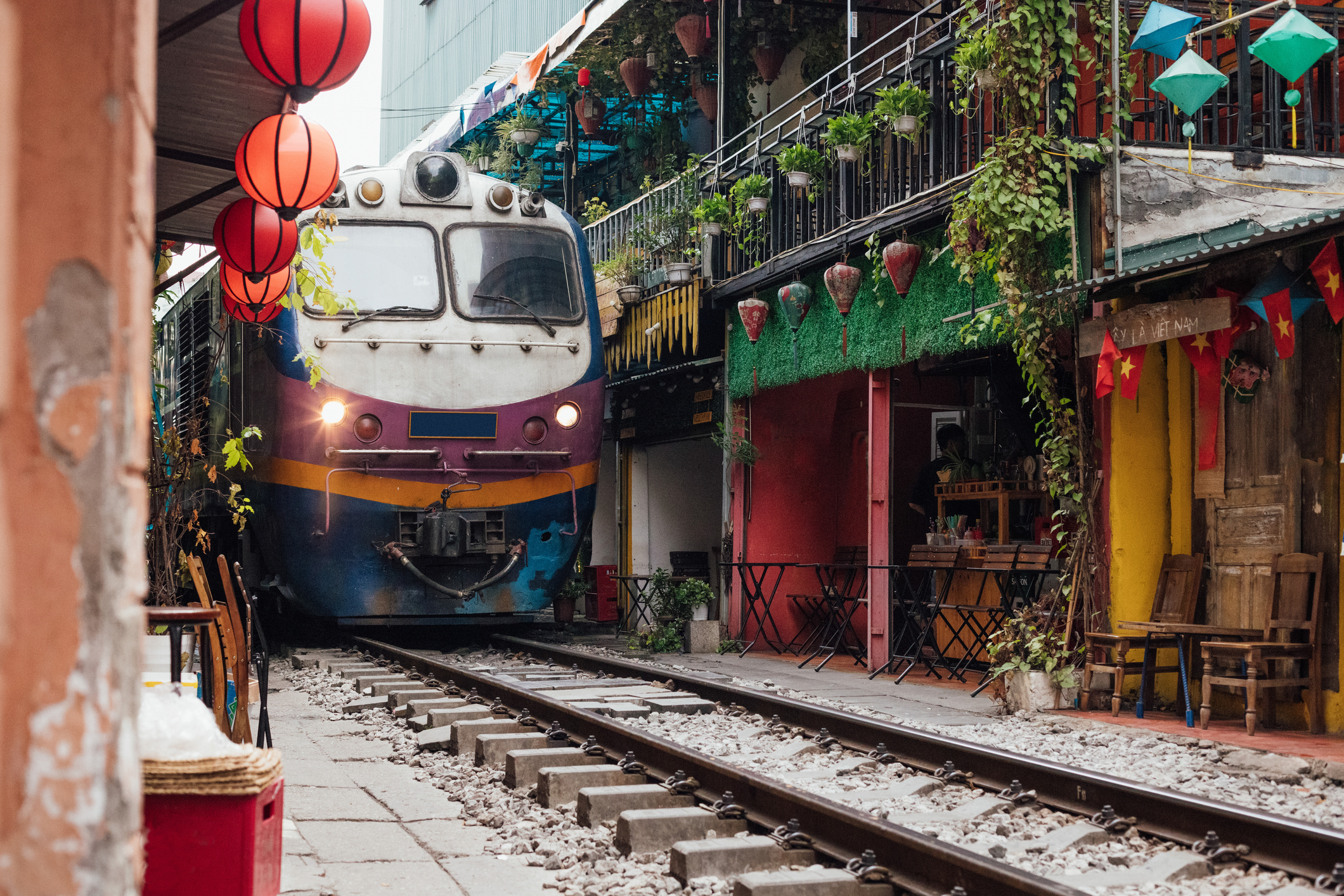With India's help, Vietnam challenges for Thailand's tourism crown
March 29, 2025 | By David Mann
This article was first published in Nikkei Asia.
Vietnam is aiming for Thailand's crown as Southeast Asia's top international tourist destination. And Indian visitors may help it get there.
Thailand still welcomes the most tourists of any Southeast Asian nation, with 35.5 million arrivals in 2024. But Vietnam is the region's fastest-growing market; its 17.5 million arrivals last year representing an impressive 40% year-over-year increase. Vietnam is targeting 23 million tourists in 2025, a 28% climb from 2019's figure and a 31% rise year over year.
In Vietnam and across Southeast Asia, the makeup of tourists is changing. With China's overall outbound international travel still around 80% of its 2019 peak and its GDP growth slowing, another source market is rising to fill the gap: India, where outbound international flight capacity has already surged to 110% of the 2019 level.
For Thailand, this new source of tourists means a reprieve from the economic blow of reduced Chinese travel. For other parts of Southeast Asia, where Chinese travel is surging alongside Indian travel, it represents a double-shot of economic input.
But in all these places, businesses and the public are going to need to get used to a new mix of tourists -- and the new spending patterns that go with it.
China's travel rebound is playing out differently across Southeast Asia, but flight capacity between China and the region is still only 77% of what it was in 2019. Thailand was once China's most popular overseas destination, but that title belongs to Japan now.
China's economic expansion has slowed, with real GDP growth coming in at 5% in 2024 compared to pre-pandemic levels of 6% or higher. Its increasingly well-traveled outbound tourists are also looking for new adventures.
Thailand is targeting 40 million tourists in 2025, up from 35.5 million in 2024. If it can achieve this, it will top 2019's 39 million arrivals for the first time since the pandemic. But it must do so with less help from Chinese visitors, who in 2019 made up 28% of tourist arrivals but in 2024 accounted for 18.9%. Flight capacity between mainland China and Thailand remains 35% lower than in 2019, suggesting arrivals won't rise sharply soon.
To encourage mutual tourism, China entered reciprocal visa-free travel agreements with Thailand, Malaysia and Singapore in 2023 and early 2024. Last year, Malaysia's arrivals from China reached 105% of 2019's level while Singapore's were at 85%, with Chinese people representing the largest and highest-spending segment.
Thailand's arrivals from China were just 61% of the 2019 level, albeit with more overall visitors than its neighbors: 6.73 million, compared with 3.29 for Malaysia and 3.08 for Singapore.
India is rising to challenge China as Southeast Asia's single-largest source market. New flights and easier visas have ushered in huge increases in Indian arrivals to Malaysia, Thailand and Vietnam, with India's strong economic growth (6.4% projected in the 2024-2025 financial year) offering a tailwind.
Indians are expected to shell out around $120 billion annually on outbound tourism by 2035, according to Capital Economics, which would make them the fourth-biggest spenders globally -- behind the U.S., China and Germany.
Thailand and Malaysia have introduced visa-free arrivals for Indian visitors following the pandemic and have seen arrivals from the subcontinent rise from 2019 by 7% and 54%, respectively. Bangkok has overtaken Dubai as the most popular city destination for Indian travelers.
The most dramatic increase has been in Vietnam, where new nonstop routes have been introduced since 2022, leading to a 363% increase in Indian arrivals in 2024 from 2019.
Chinese arrivals in Vietnam, by comparison, were only 65% of their 2019 level. But Vietnam's meteoric rise continues, driven by India and a growing mix of other international arrivals led by South Korea.
A slowing economy isn't the only contributor to Chinese tourists' changing travel. Mastercard's data shows they are increasingly interested in new experiences and destinations. We see 9.5% of outbound tourism spend from Chinese travelers on experiences and nightlife. Indians, meanwhile, tend spend more on shopping.
Many Chinese travelers have already been to Southeast Asia and are keen to go further afield. Evidencing this, 2024 traffic on China-Egypt and China-Central Asia routes was more than double that of 2019.
Many Indian travelers may be taking their first international trip as members of the country's growing middle class. Southeast Asia represents an easy first foray. Looser visa requirements are significant: The Indian passport offers visa-free entry to 56 places worldwide, according to the Henley Passport Index. China's offers 83.
For first-time travelers, ease, safety and cultural sensitivity are paramount. Many Indians follow specialized diets and the availability of appropriate food ranks high among their travel concerns. Like all tourists, they also want to use payment methods they already understand and feel confident in their physical and financial safety.
Thailand, which has historically welcomed Indian tourists, has for years offered Indian food at its major tourist destinations. Malaysia, home to a large Indian population, has a built-in ability to welcome these new arrivals. Vietnam is working to ensure its new tourists can eat and shop in the style and at the price point they seek.
The changing face of tourism in Southeast Asia should help diversify the tourist trade, lending stability to this vital economic pillar. Don't expect Chinese characters to disappear from menus and hotel lobbies -- but look for more Devanagari text alongside them.
